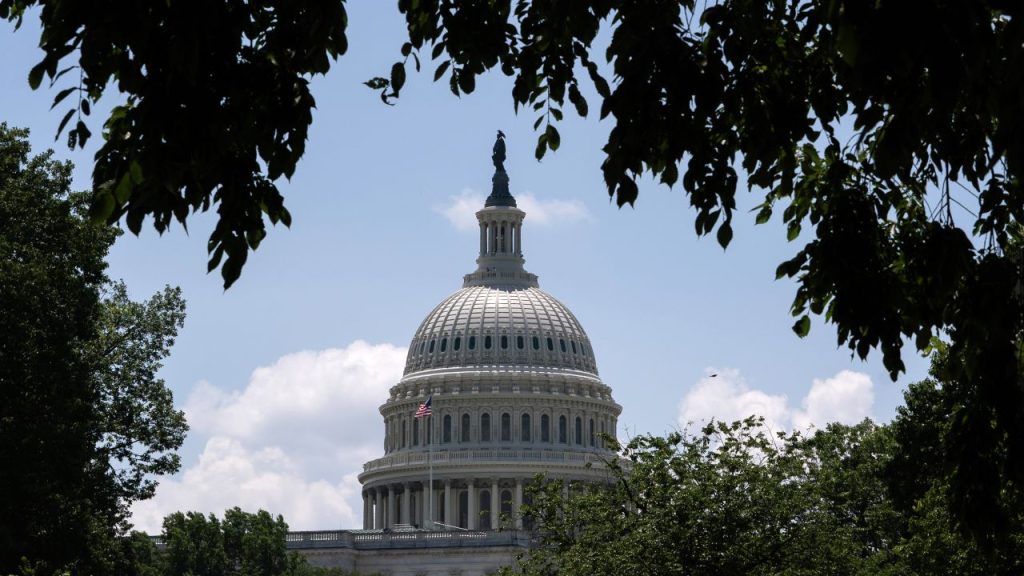Key Senate Seats to Watch for Potential Shifts in 2024
3 min read

Recent developments have highlighted Vice President Kamala Harris’s growing influence in the Democratic Party, particularly reflected in the surge of Senate candidates attending the Democratic National Convention in Chicago. Despite Harris’s apparent boost to the party’s image, the battlegrounds for Senate control in 2024 remain fraught with challenges.
Three of the most vulnerable Senate seats, held by senators who are expected to face tough re-election campaigns, were notably absent from the convention. In contrast, candidates from key battleground states such as Michigan, Arizona, Pennsylvania, Wisconsin, Maryland, and Texas were prominent, often sharing the stage with Harris.
Harris’s impact has been palpable, improving Democratic prospects in several states compared to President Joe Biden’s performance in the 2020 elections. States like Nevada and Arizona, previously seen as less favorable, have become competitive again under Harris’s influence. However, the fundamental dynamics of the crucial Senate races largely remain the same. Historically, Democrats have managed to outperform the presidential ticket, a trend that continues under Harris, although the party still faces considerable hurdles.
This year’s Senate map is particularly challenging for Democrats, who are defending seats in states won by former President Donald Trump in 2020 and in critical battlegrounds where Trump narrowly lost. Should Republicans secure West Virginia, where Senator Joe Manchin is retiring, they would need either a win in the White House or one additional Senate seat to achieve a majority.
Despite the overall trend of Democratic overperformance, significant shifts have occurred in the Senate races, influenced by new data, fundraising, and polling. The top three Senate seats most likely to change hands—West Virginia, Montana, and Ohio—remain consistent in their positions. After these, the races in Michigan and Arizona have emerged as highly competitive, primarily because they involve open seats, which are notoriously harder to defend. Without incumbents, nominees lack the established public presence that can counteract national political headwinds.
Previously, Nevada, with Senator Jacky Rosen running for a second term, was ranked fourth in terms of vulnerability. However, Michigan and Arizona have now edged out Nevada in this month’s rankings, reflecting the heightened competition in these open seat races.
As the campaign season progresses towards the traditional post-Labor Day surge, several factors could influence the dynamics of these Senate races. Harris’s recent momentum, coupled with anticipated debate performances, such as the upcoming September 10 debate against Trump, could impact voter perceptions. Additionally, the eventual one-on-one interviews and other campaign events may further alter the landscape.
With the ramp-up in Republican spending and voter engagement increasing, both parties are bracing for tighter race numbers. Currently, the Democrats’ sole target for a pickup is Texas, while Republicans are hopeful about expanding their opportunities into New Mexico, though it has not yet appeared on the list of competitive seats.
The following rankings provide a snapshot of the current state of Senate races. However, as the election season advances and more data becomes available, the competitive landscape may evolve, necessitating ongoing updates and analysis of these key contests.